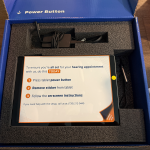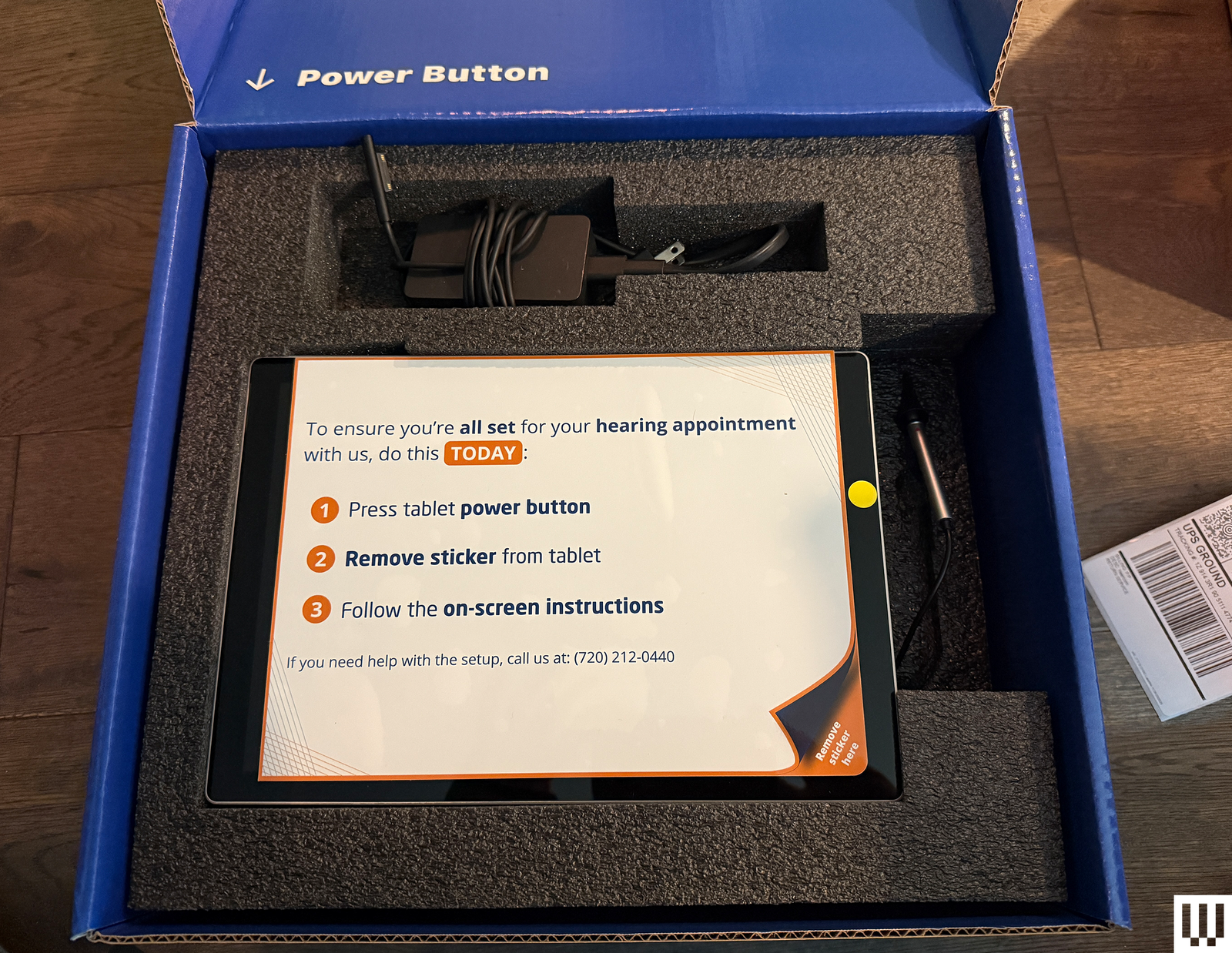
Driver concentration is important because, according to the National Institutes of Health, the human brain lacks the architecture to multitask. That means fiddling with the infotainment system and using your phone detract from safe driving. And with cars getting bigger and heavier, it’s important for the driver to know how the car will handle in an emergency situation.
But the biggest part of being a defensive driver is staying out of danger’s way to begin with, which is where CR’s experts have a few helpful tips to impart.
Crashes cause an incredible amount of damage every year. The National Highway Traffic Safety Administration (NHTSA) reported close to 6 million motor vehicle crashes in 2022, the most recent year for which data is available. Of those, more than 39,000 crashes resulted in fatalities, more than 1.6 million caused injuries, and more than 650,000 were caused by distracted driving. Then there’s the financial toll: In 2023, insurance claims for crashes on U.S. roadways totaled nearly $260 billion, according to the Insurance Information Institute.
Even an experienced driver can benefit from taking a defensive driving course to sharpen their skills. Some insurance companies offer a discount on your annual premium if you show proof that you completed an accredited course, such as those available through companies listed on your state’s department of motor vehicles website.
In the meantime, read through CR’s defensive driving tips to learn how you can improve your own safe driving techniques.
Know your car. CR’s testing shows that stopping distance, steering, handling, and acceleration—all things that can help you avoid a crash—can be vastly different between models. “If you’re driving a larger vehicle, it may take longer to stop or swerve around an obstacle than in a smaller car,” says Michael Crossen, the lead automotive technician at Consumer Reports, who is also a Street Survival instructor. “It’s important to know what your car can and can’t do.”
Drive with both hands. Maintaining a firm, two-handed grip on the steering wheel gives you better control of the car, especially if you need to react quickly. “Place your hands at the 9 and 3 o’clock positions,” says Crossen. “Putting your hands at 10 and 2—or worse, one hand on top of the wheel—can lead to serious injuries if the airbag deploys in a crash. The one-handed grip also gives you a lot less control in emergency maneuvers.”
Look ahead, around, and behind. “It’s important to look where you want to go, scanning both far ahead and right in front of you,” says Crossen. “But don’t forget about what’s going on to the sides and behind you. You should check your rear- and side-view mirrors every 5 to 10 seconds. That can help you anticipate any potential hazards and know if you can safely and quickly change lanes in an emergency.”
Be aware of blind spots. Before you start driving, make sure the rear- and side-view mirrors are adjusted correctly, so that you can see as much as possible. “Keep in mind that the mirrors don’t show you everything,” says Crossen. “There will still be blind spots behind you—and possibly even out front, if your car has fat A-pillars. Know where those blind spots are and take extra time to signal if you want to change lanes or turn.”
Give yourself reaction time/space. Pretend your car has an invisible bubble around it—personal space you don’t want other cars to invade. “Avoid the urge to tailgate, but give yourself ample room on the sides, too,” says Crossen. “Leaving more space around your car gives you more time to react if something goes wrong.” A good rule of thumb is to leave three seconds of space between your car and the one ahead of you. To check your distance, when the car ahead passes a signpost, you should be able to count three seconds before your car passes the same point. Higher speeds require a longer following distance.
Be predictable. “Signaling before you turn, as well as accelerating, braking, turning, and changing lanes smoothly, shows other drivers your intentions,” says Crossen. “That gives them more time to react, which is especially important considering the volume of people who are distracted by smartphones, fatigue, and even complicated infotainment system controls.”
Mind the conditions. If the roads are wet, snowy, or icy, or if heavy wind gusts make staying in your lane a challenge, adjust your speed accordingly. “Whenever weather or visibility deteriorates, the best way to stay safe is to lower your speed,” says Crossen. “The same thing goes for heavy traffic. Slow down and give yourself plenty of space, even if you’re running late because of a slowdown.”
Use your technology. Many cars now come standard with advanced driver assistance systems (ADAS) that can help you stay in your lane, and will tell you if another car is in one of your blind spots. If you have it, use it. “Some people don’t use ADAS features because they think they don’t need them, but these systems are like a second pair of eyes that can see and react to things that the driver may miss,” says Maddie McCarty, an automotive engineer at CR who focuses on evaluating vehicle technology and safety.
Know yourself. No one should ever drive under the influence of drugs or alcohol, but did you know that driving drowsy can have similar effects? According to the AAA Foundation for Traffic Safety, 17 percent of fatal motor vehicle crashes involve driver fatigue. “If you’re feeling sleepy, pull over and rest for a bit,” says Crossen. “It’s better to arrive late than not to arrive at all.”









